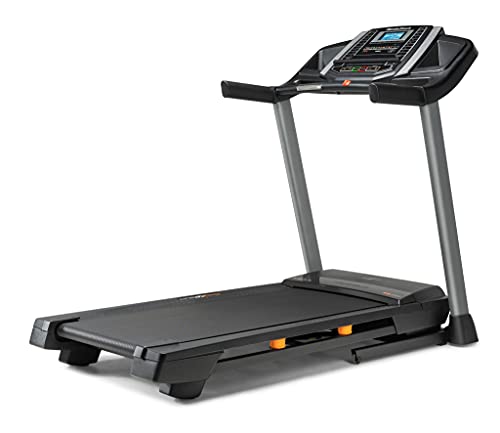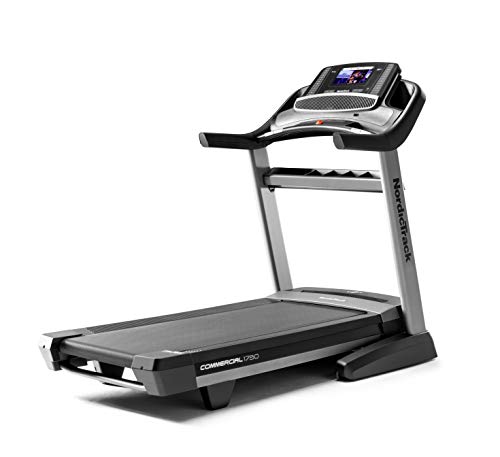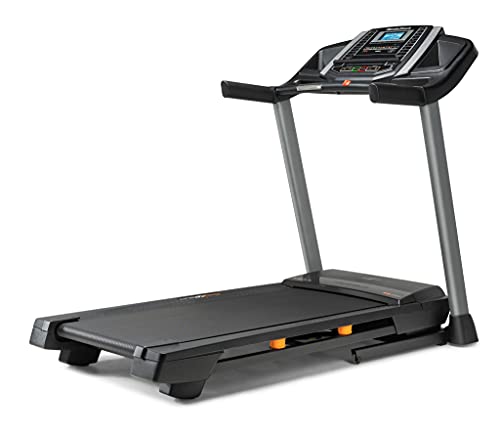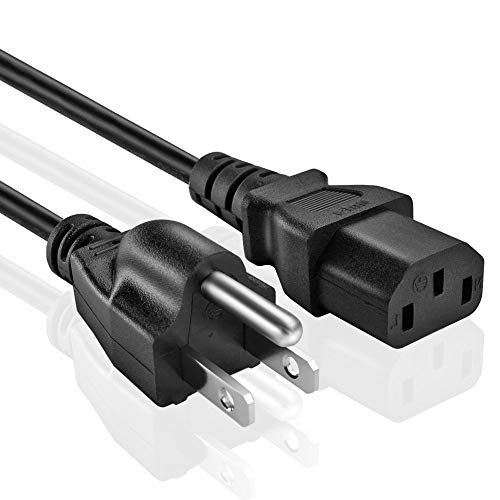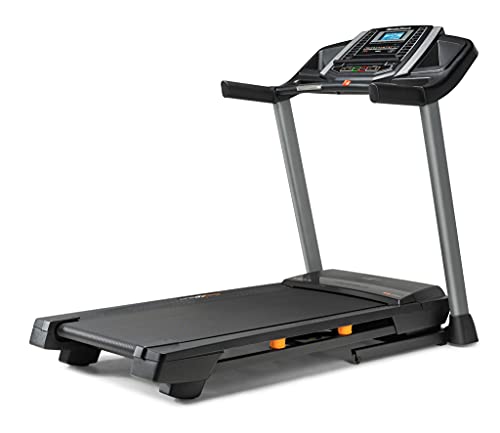We are all bombarded with adverts for the latest home fitness equipment these days, but savvy, fitness-conscious people still want to buy a home treadmill. Why? Basically, because the treadmill is still unsurpassed for a cardiovascular workout.
Having a treadmill at home makes a lot of sense for the average consumer and fitness amateur. Depending on your needs, you can have a low or high impact workout. If you have problems with your balance, then some home treadmills are fitted with handrails to provide you with support while walking.
The treadmill combines both elements of speed and versatility. You can take a relaxing walk or get your heart pumping with a power walk or really turn up the heat with a jog or run.
Most machines allow you to adjust the angle of incline. Increasing the incline allows you to add intensity to your training session without having to increase speed.
Unlike some forms of exercising, running on a treadmill doesn’t require you to be too coordinated. You already know how to walk. Just place one foot in front of the other and repeat!
The treadmill exercises the large muscles to give a superb cardiovascular workout. If you work out for 30 minutes a day for 4-5 times a week, you are well on your way to a healthy lifestyle.
Once you’ve decided to buy a treadmill, what do you do next? Do your homework!
Here are some things to consider:
-
Frame:
High alloy steel is usually more durable than aluminum; however, they are heavier and must be coated to protect the treadmill from rust. Select a welded frame over a bolted one and avoid all plastic frames.
-
Hand Rails:
The location of the handrails is a matter of preference. Whether you buy a home treadmill with a handlebar in front or two side rails, be sure they are sturdy and don’t get in the way of your arm swings.
-
AC or DC Motor:
Most treadmills for home use are DC, but commercial machines may have either AC or DC. AC motors tend to be noisier and generally require a dedicated power line.
-
Horsepower:
Check for the continuous-duty rating for the motor’s true horsepower before you purchase. Anything less than 2 CHP can quickly be worn out.
-
Speed:
Most models run from 0 to 10 mph. A good machine will match the pace you feel comfortable walking or running. A safe starting speed of 0.5 mph or less is also very important for safety reasons.
-
Belt:
Be sure the length of the walking/running surface is long enough for your longest stride. The width of the belt should be no less than 20″ from a wear and tear standpoint as well as comfortable striding.
-
Deck:
The running deck is one of the critical quality elements of the treadmill. Quality decks shouldn’t need much maintenance, and they operate at a low temperature.
-
Impact Resilience:
This is the treadmill’s ability to absorb the force from the impact of your feet. The lower the impact on your body, the better.
-
Incline Adjustment:
There’s a variety of ways to adjust the incline of the running deck, from the automatic incline which changes depending upon your heart rate, to pushing a bottom on the console, to the less sophisticated methods of a manual hand crank or manually setting pins. Quality electronic incline adjustment shouldn’t be noisy or cause the treadmill to shake at any grade.
-
Control Panel:
Generally, computerized panels are standard on most models. They range from basic and simple to the complex and fully programmable. You can buy a treadmill with as many bells and whistles as you want. Price is influenced by the control panel options, so purchase only what you will regularly use.
-
Heart Rate Monitors:
This is generally an optional feature. Accuracy varies widely with the ear and finger clips being less accurate than the chest strap monitors.
-
Warranty:
A good treadmill will have a lifetime warranty on the frame and get a guarantee of 2 or more years on moving parts. Don’t pay extra for manufacturer “extended warranty plans.”
-
Price:
Keep in mind, you get what you pay for. You’re going to invest $1,000 if you buy a model of reasonable quality. Spending this kind of money ought to motivate you to do your homework and purchase wisely.
-
Research:
For most people, a home treadmill is going to be an expensive purchase, so when looking try to treat the task as a research project and do your homework!
Endeavor to gather as much information about the various models that are available and what the various specifications and features mean and which you think that you will require.
Seek out information from as many different sources as you can find so that you can build up a consensus view regarding which models would suit both your budget and fitness requirements.
©2024 Treadmill Adviser

